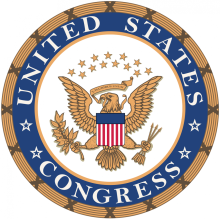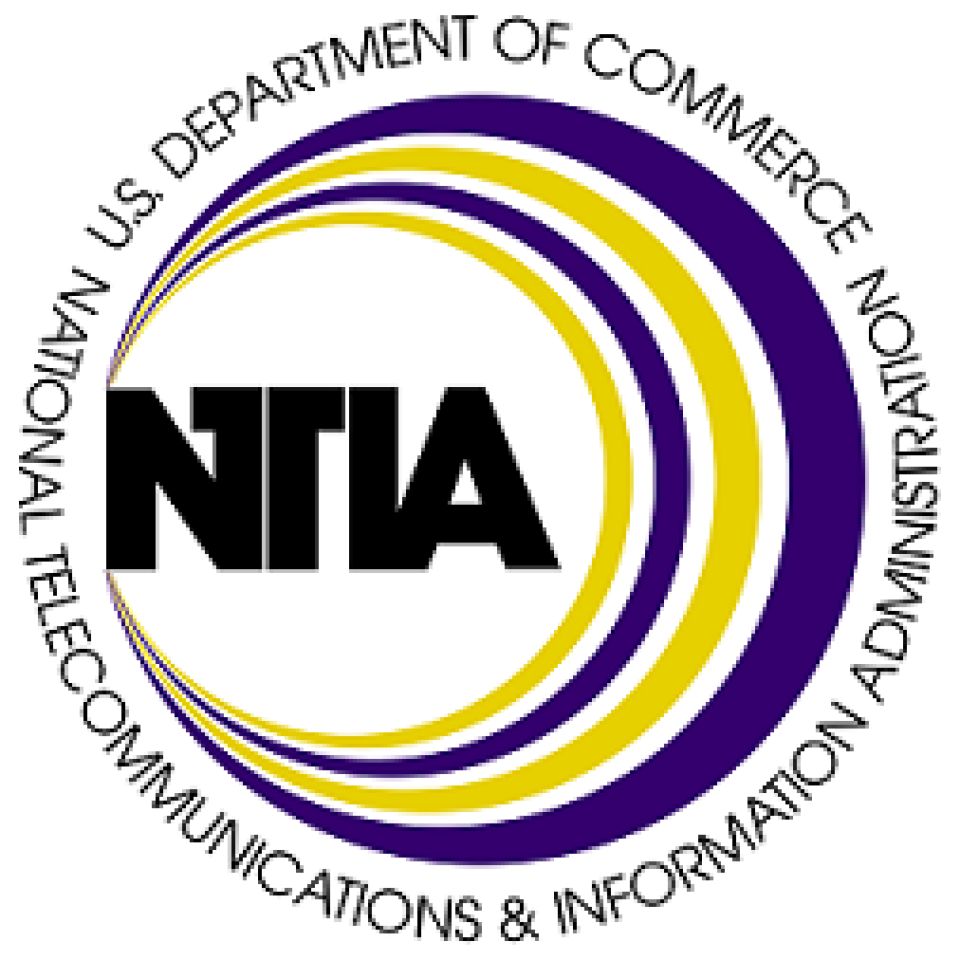Study Finds Chattanooga Fiber Network 10-Year ROI: $2.69 Billion
For communities across the country considering whether to invest in building a municipal broadband network, a new study published last week on the economic value of the EPB fiber network in America’s first “gig city” is a must-read.
The independent study, conducted by Bento Lobo, Ph.D., head of the Department of Finance and Economics at the Rollins College of Business at the University of Tennessee at Chattanooga, found that the celebrated city-owned fiber network has delivered Chattanoogans a $2.69 billion return on investment in its first decade.
In 2010, EPB Fiber, a division of Chattanooga’s city-owned electric and telecommunications utility formerly known as the Electric Power Board of Chattanooga, became the first city in the United States to build a Fiber-To-The-Home (FTTH) network offering up to 1 Gig upload and download speeds. In 2015, EPB began offering up to 10 Gig speeds.
It cost approximately $220 million to build the network, however, “the true economic value of the fiber optic infrastructure for EPB’s customers is much greater than the cost of installing and maintaining the infrastructure,” Lobo said. “Our latest research findings show that Chattanooga’s fiber optic network provides additional value because it provides high speeds, with symmetrical uploads and downloads, and a high degree of network responsiveness which are necessary for the smart grid and other cutting-edge business, educational and research applications.”

Among the study’s key findings:




